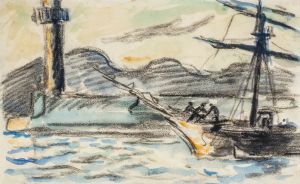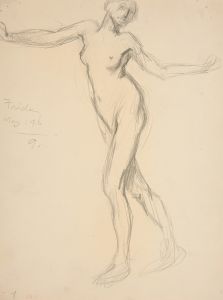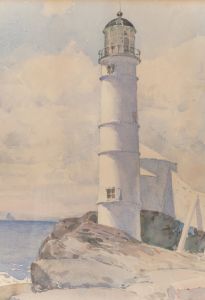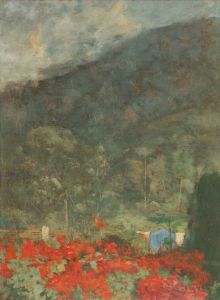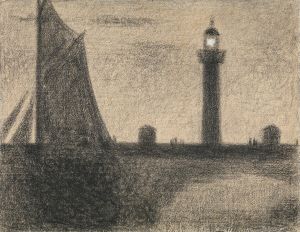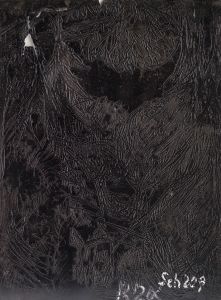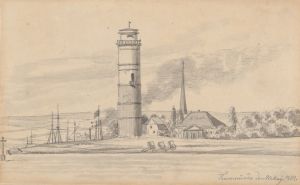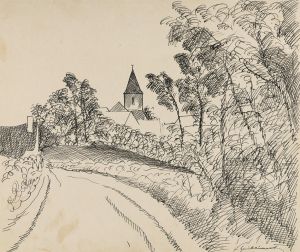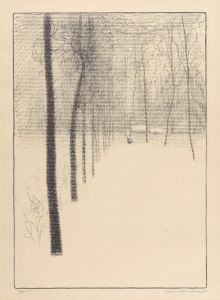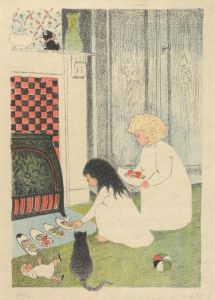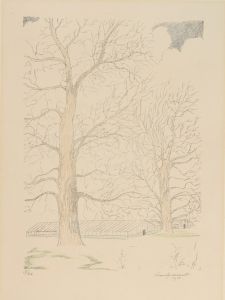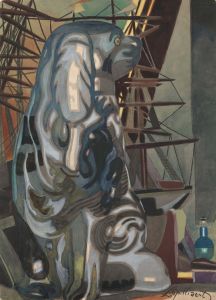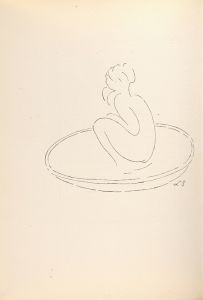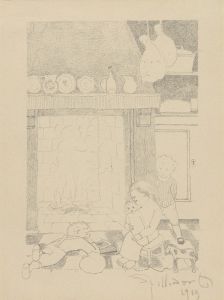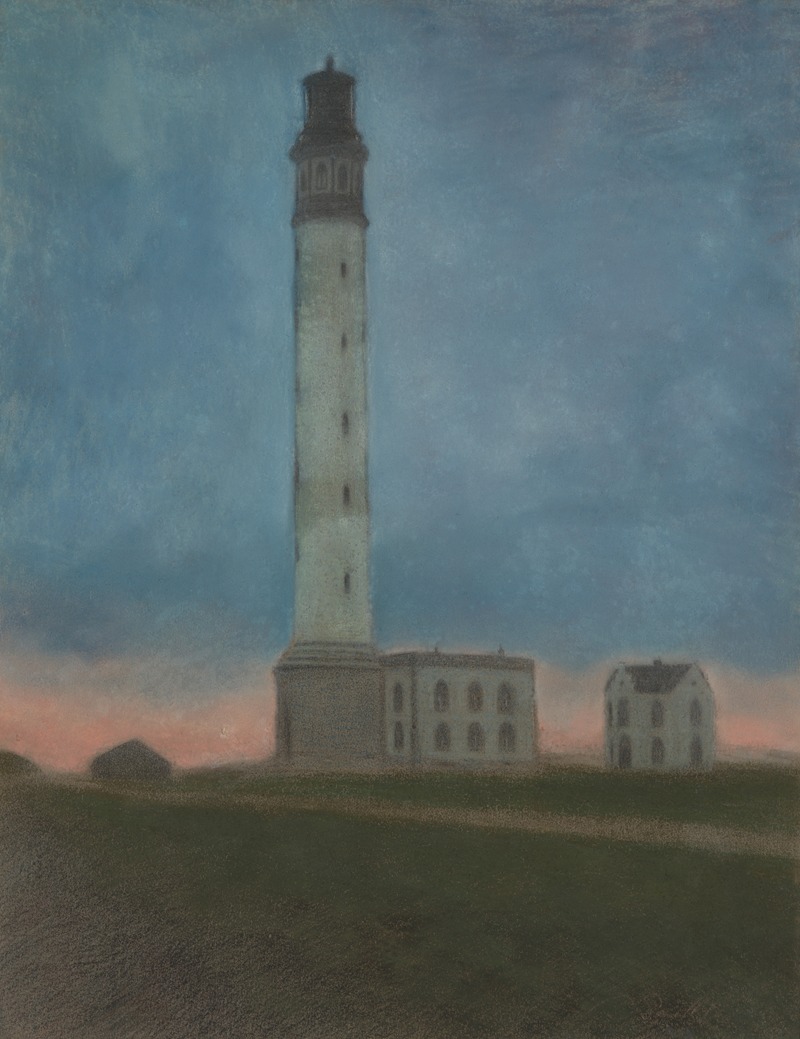
De vuurtoren van Oostende bij zonsopgang
A hand-painted replica of Léon Spilliaert’s masterpiece De vuurtoren van Oostende bij zonsopgang, meticulously crafted by professional artists to capture the true essence of the original. Each piece is created with museum-quality canvas and rare mineral pigments, carefully painted by experienced artists with delicate brushstrokes and rich, layered colors to perfectly recreate the texture of the original artwork. Unlike machine-printed reproductions, this hand-painted version brings the painting to life, infused with the artist’s emotions and skill in every stroke. Whether for personal collection or home decoration, it instantly elevates the artistic atmosphere of any space.
Léon Spilliaert's painting De vuurtoren van Oostende bij zonsopgang (The Lighthouse of Ostend at Sunrise) is a work by the Belgian symbolist painter, known for his moody and atmospheric compositions. Spilliaert (1881–1946) was a prominent figure in Belgian art, often exploring themes of solitude, introspection, and the interplay between light and shadow. His works frequently depict coastal landscapes, urban scenes, and interiors, rendered with a distinctive, almost dreamlike quality.
This particular painting, created in 1907, portrays the lighthouse of Ostend, a coastal city in Belgium, during the early hours of the day. The scene captures the quiet and contemplative atmosphere of sunrise, with the lighthouse standing as a solitary figure against the vastness of the sky and sea. Spilliaert's use of muted tones and subtle gradations of color enhances the sense of calm and introspection that characterizes much of his work. The composition reflects his interest in minimalism and the emotional resonance of empty spaces.
Spilliaert was deeply influenced by the Symbolist movement, as well as by his own personal experiences and health struggles, which often confined him to solitude. His art frequently conveys a sense of isolation and introspection, and De vuurtoren van Oostende bij zonsopgang is no exception. The lighthouse, a recurring motif in his oeuvre, can be interpreted as a symbol of guidance, resilience, or solitude, though Spilliaert himself did not explicitly articulate such meanings.
The painting is executed in gouache and watercolor on paper, mediums Spilliaert often employed for their ability to create delicate, translucent effects. This technique allowed him to achieve the ethereal quality that defines much of his work. The restrained palette and precise composition demonstrate his mastery of atmosphere and mood.
Today, Léon Spilliaert's works are celebrated for their unique contribution to early 20th-century art. His paintings, including De vuurtoren van Oostende bij zonsopgang, are housed in various museums and private collections, with some of his most notable pieces displayed at the Royal Museums of Fine Arts of Belgium in Brussels and the Mu.ZEE in Ostend. This particular painting is a testament to Spilliaert's ability to evoke profound emotion through simplicity and his deep connection to the landscapes of his homeland.





